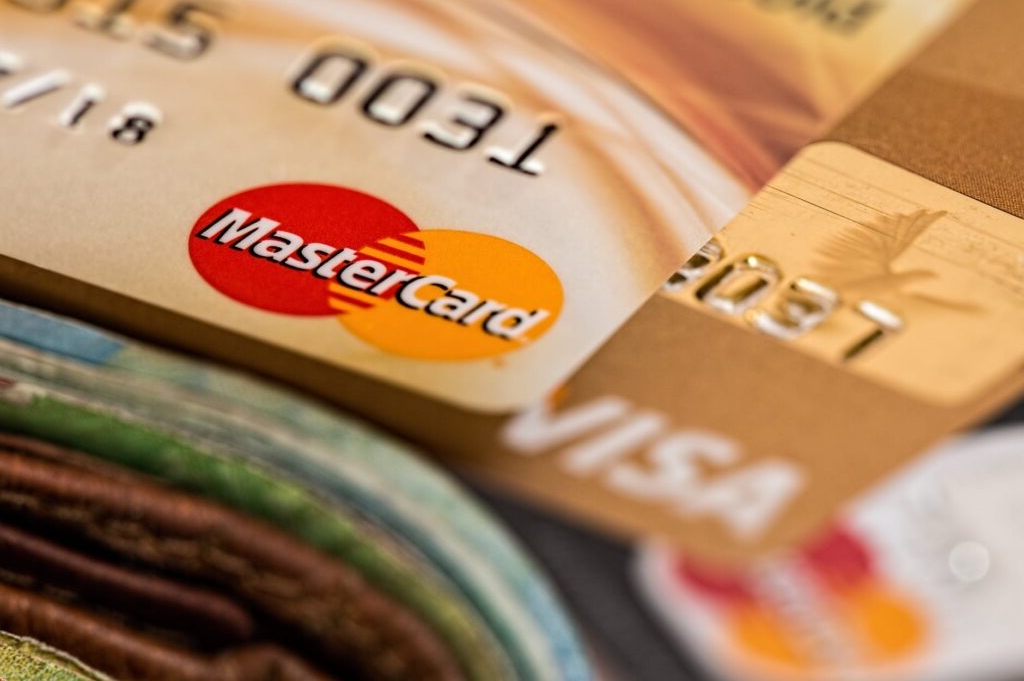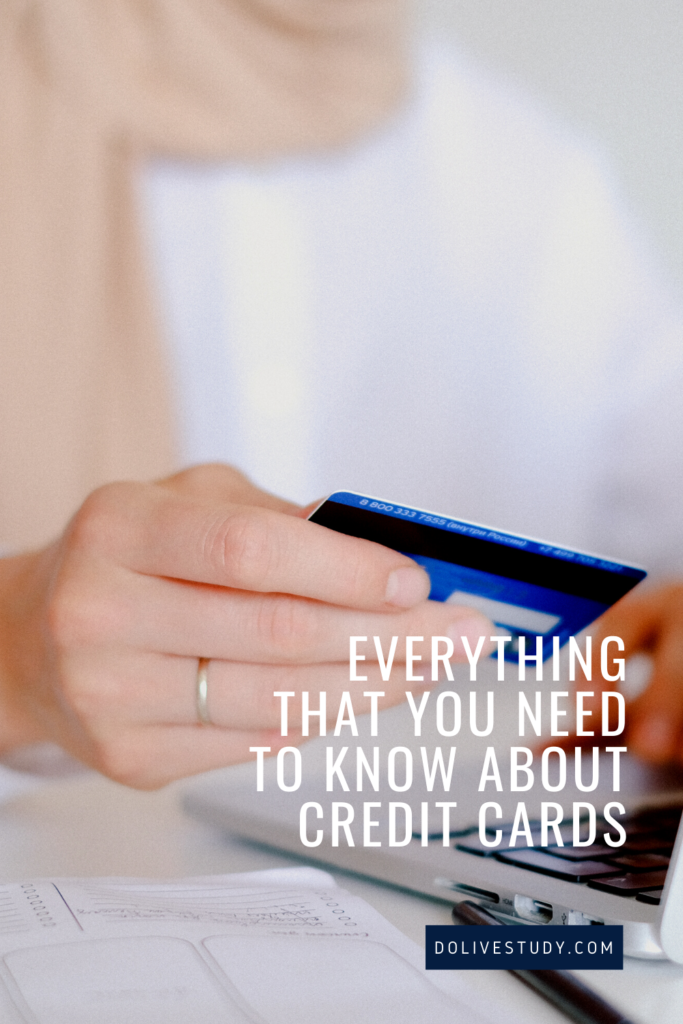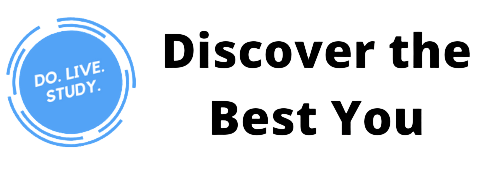
I think we all know how important credit is to our everyday living because it affects nearly everything in our life.
You want to get a new car? Then, you’ll probably need to finance an auto loan. Hoping to find a new apartment to rent? Then, you should make sure that your credit score is high enough.
Some employers even view a modified credit report of job applicants to determine if they will consider them for job positions.
Yet, despite this big push for credit card use, no one really tells you how to use it. You have to take the time to find and learn information that, frankly, should be taught in secondary school.
And those who choose not to learn financial literacy concepts can easily start down a path of misinformation, improper usage, and debt.
So, that’s why I’m going to explain the key points of credit cards today.
Related: Benefits of Credit Cards and Why You Should Get One Now!

What Is A Credit Card?
Well, before we get into how a credit card works, we first need to know what a credit card is. And, it is simply a card used to make purchases “on credit“.
How Does Credit Cards Work
After your purchase has been cleared, you will be responsible for paying (at least) the minimum balance of the card’s monthly statement. This is to make sure that you will not accumulate late fees.
You can also avoid interest fees if you pay the balance in full every month. Not only does this help your wallet, but it also boosts your credit score (the credit bureaus will be able to record a credit utilization score and the balance will be paid off before interest can be applied).
And when you do either method consistently, you start to build your credit.
Types of Credit Cards
Although there are several types of credit cards, they basically come in two forms: secured and unsecured. I’ll list some key differences below.
Unsecured Credit Card vs Secured Credit Card
| Unsecured Credit Card | Secured Credit Card |
|---|---|
| Can qualify for a credit card without a deposit. | Need a deposit to acquire a credit card |
| Issuers set your credit limit. | Your deposit determines your credit limit |
| Need to have a good enough score to qualify. | Can qualify for a card with zero credit or bad credit scores |
| Being responsible could increase your credit limit and could qualify you for an upgraded card. | Can qualify for unsecured credit card after proving that you are responsible |
Secured credit cards are great tools to build credit because, technically, everyone can apply for it. Do you have zero credit and need a starter credit card? Or, do you have a bad credit history and need to rebuild your credit? If you said yes to any of these questions, then this card might be for you!
This can also be a great credit card for students (especially if the company doesn’t offer an option for those that attend college).
On the other hand, it might be harder for these individuals to receive approval for an unsecured credit card (because their acceptance is mostly based upon their credit scores). And, even if they are approved, their credit score can affect the interest rate that they pay.
Important Credit Card Terms That You Should Know
Annual Percentage Rate (APR)
APR is basically the annual interest that you would be charged if you don’t pay your balance in full. So, the higher the rate, the more you will (likely) have to pay at the end of the year.
Authorized User
An authorized user is someone who is able to use someone’s credit card without being liable. A great example of this is when parents add their children to their account.
Billing Cycle
The billing cycle is the time between the end of one billing statement and the beginning of another one. It typically lasts anywhere from 28 to 31 days.
Any purchase or payment made during this period will determine your balance, credit utilization rate, and interest.
Billing Statement
Billing statements are sent out to credit card users every month so that they know how much they will be liable for that month. Some things that are listed is your:
- Payments and credits
- Purchases
- Cash advances
- Previous balance
- Interest charges
- Balance transfers
- Minimum balance
Cosigner
A cosigner is someone that helps another person get a line of credit (cosignee). They can be needed if the person who wants to apply doesn’t have any credit, they have a small credit history, or they have a bad credit score.
And, although cosigning might not sound like that big of a deal, it is. This is because if the cosignee isn’t responsible with their payments, the cosigner will have to pay.
So, before you sign, make sure you know that they’ll make their payments on time, otherwise you’ll end up with the bill.
Credit Card Limit
This is the max amount of credit that you can spend with your card (you can always talk to your company to increase your credit limit).
Credit Score
Your credit score is what most major lenders will look at when they are considering giving you a line of credit. This score is based upon your credit history length, payment history, and the amount of dues that you have to pay.
Credit Card Utilization Rate
This is made up of how much credit you have used of your credit limit. For instance, if you’re credit limit is $1000 and you paid for $250 worth of purchases with your credit card, then your credit utilization rate would be 25%.
Amount of Credit Used / Credit Limit = Credit Utilization Rate
Credit Report
A credit report shows a detailed report of your payment history, debt, loans, and more.
To learn more about, read this post.
Credit History
Credit history is the record of how you have managed all of your credit.
Due Date
Your due date is the latest time that you can make a payment without getting charged a late fee (or, if you pay in full, interest). This date is the same every month.
Grace Period
This is the time between your billing statement is sent to you and your due date. Interest will not be charged at this time.
Minimum Balance
This is the least amount of money you can pay towards your bill without racking up late fees.
Opening and Closing Date
Your opening and closing date determines which transaction will show up on which billing cycle. So, any purchases that you make after your opening date will be put on your upcoming bill. And, any transactions after your closing date, will be recorded on the bill after that.
*Your credit card statement will be created on your closing date.
Payment History
Your payment history is simply a look at your actions regarding your payments. It helps the lender figure out:
- Do they pay their bills on time?
- Have they been responsible with their credit for a long time?
- What’s the likelihood that they will pay back their dues if we offer them credit?

Hannah Roberts is the creator of Do. Live. Study. She loves to learn new things and hopes to help others as they go throughout their journey as an adult. You can connect with her below.
